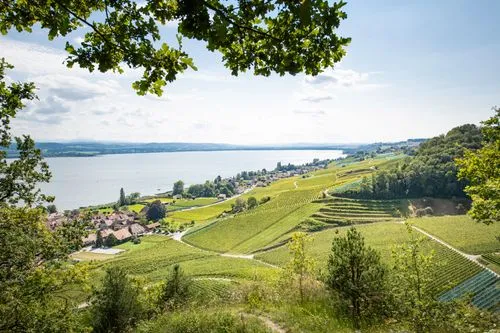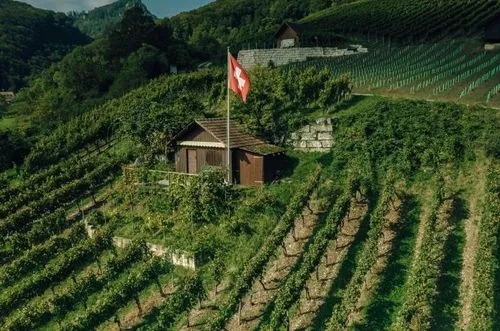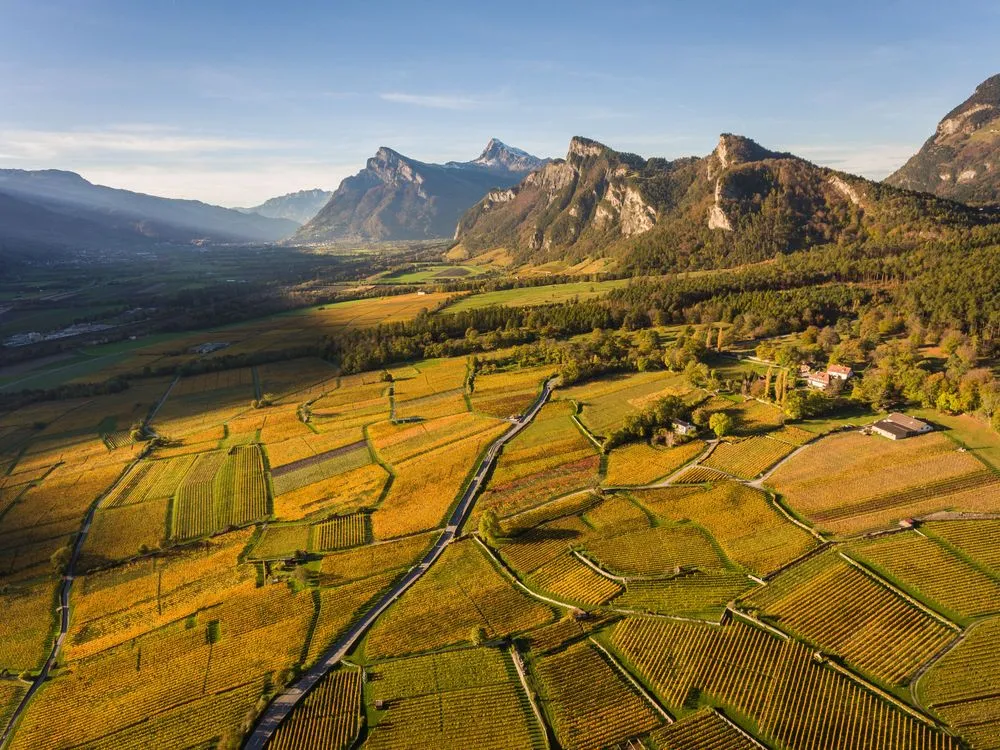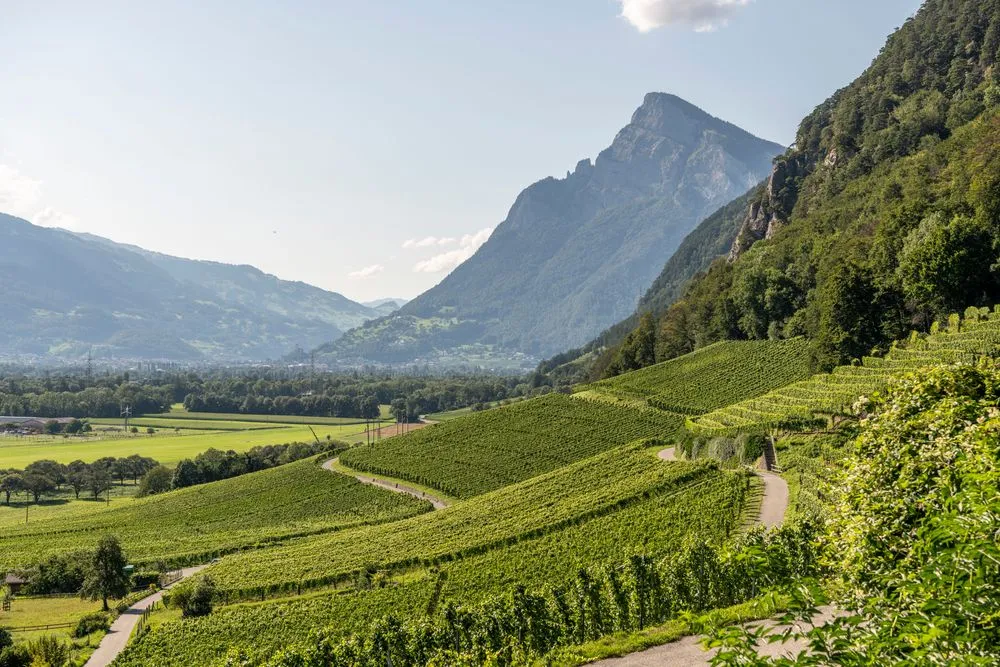Pinot Noir (Blauburgunder) is the primary grape variety, but others such as Merlot, Cabernet Sauvignon, and Garanoir also play a role. Among white varieties, Riesling x Silvaner, Pinot Gris, Chardonnay, Pinot Blanc, Sauvignon Blanc, Completer, and Freisamer are notable.
Despite the dominance of Pinot Noir, Graubünden offers a remarkable diversity of international grape varieties, including the ancient Completer grape. Known for its high acidity, Completer is challenging to vinify. Its roots trace back to the Middle Ages, with a vineyard in Malans first documented in 1321. Traditionally, Completer wine was served to canons after the day’s final prayer, the Compline.
Another local specialty is "Churer Schiller," a pale red wine made from a blend of Pinot Noir and white grape varieties, in which the proportion of red grapes must predominate.
Viticulture in Graubünden owes much to the church. The oldest documented reference to wine production dates back to 765 when Bishop Tello of Chur bequeathed a vineyard near Ilanz to the Disentis monastery. By 800, the church was cultivating vines in the Bündner Oberland and the Lower Engadine, reaching altitudes of 1,200 meters. Until 1600, white varieties, particularly Elbling, dominated the region. Graubünden is divided into three wine-growing regions.






